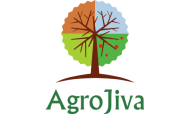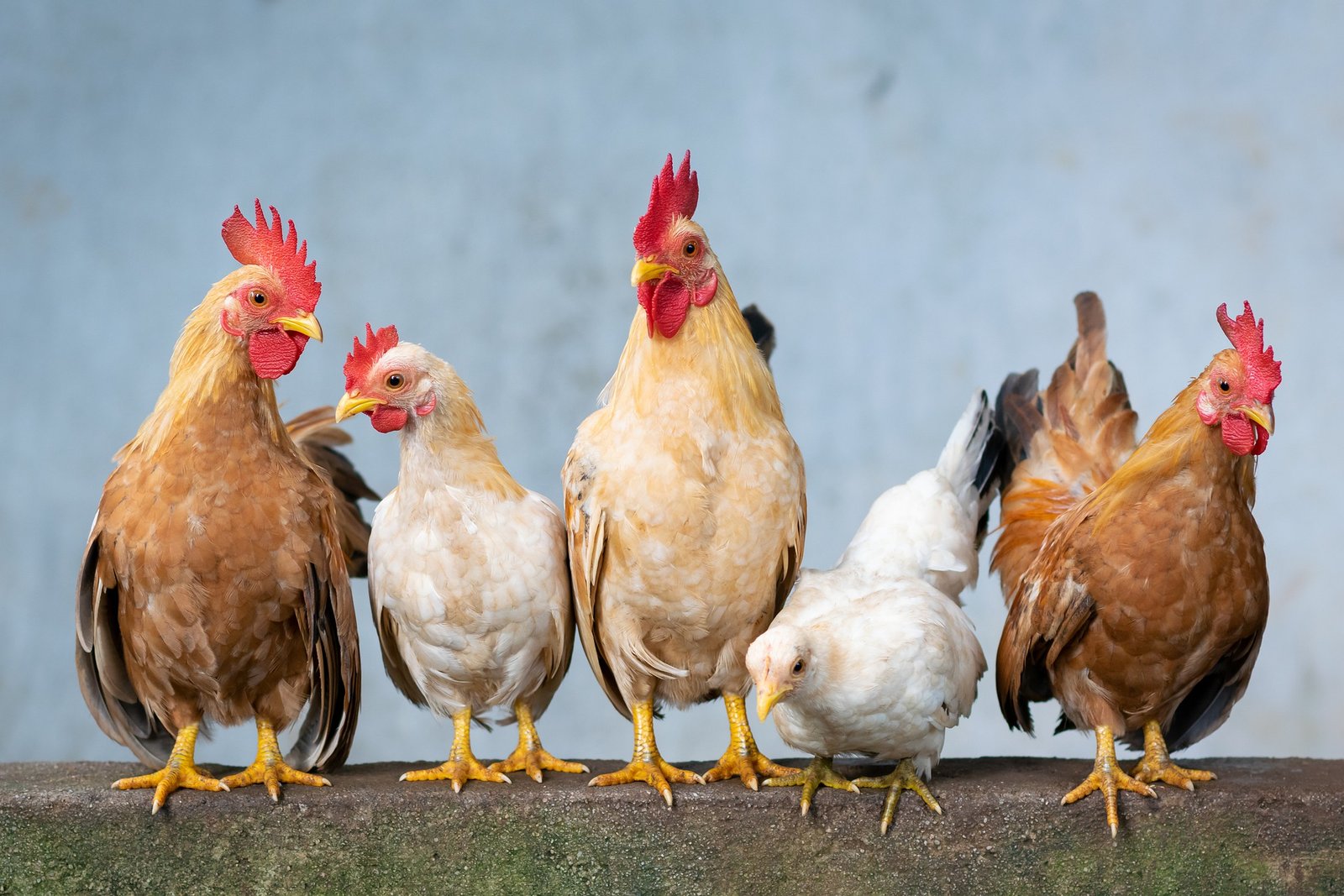Biotechnology is controlled use of biological agents such as microorganisms or cellular components for beneficial use.
Biotechnology:– Biotechnology is any technique that uses living organisms or substances from these organisms to make or modify a product, to improve plants or animals or to develop microorganisms for specific uses.
Applications in Dairy industry
- Identification of genetically superior animals.
- Development of genetically superior cattle.
- Increase in milk production.
- Production and ripening of milk product (cheese).
- Production of transgenic animals.
- Better digestion and feed supplement.
- For flavor production.
- Use of natural preservatives.
1) Early identification of genetically superior animals: Marker-assisted selection that could be used to select dairy cattle that are more resistant to mastitis and other diseases. The technique known as restriction fragment length polymorphism (RFLP) can be used in prenatal diagnosis to detect DNA sequence changes associated with genetic diseases.
2) Use of PCR (Polymerase chain reaction): For rapid and inexpensive pathogen detection. üFor checking of milk adulteration (mixing of milk of different milch animals).
3) Development of genetically superior cattle:
- Artificial insemination (semen from superior male is used to inseminate large number of females) is used for animal breeding for improvement of livestock.
- In embryo transfer, newly formed embryo is removed from a superior donor female animal and transferred into the reproductive tract of inferior females for the development of genetically superior high yielding cattle.
4) Increase in rate of milk production:
- Rate of milk production is determined by number of secretory cells in udder and cell productivity is increased through administration of bovine somatotropin (BST; growth hormone) developed through recombinant DNA technology. Thus, use of BST enhances milk production.
- Designer milk with increased concentrations of desirable components, such as casein, or decreased concentrations of less-desirable components.
5) Production and ripening of cheese:
- Rennet is key enzyme involved in cheese production. Due to shortage of calf rennet, recombinant chymosin is produced using genetic engineering and cloned in several microorganisms for commercial production of cheese.
- Traditional ripening of cheese takes longer time so enzymes like proteinase, lipase and β-D-galactosidase are synthesized from genetically modified bacteria to enhance ripening of cheese.
6) Production of transgenic animals: It is feasible to transfer synthetic genes to fertilised eggs by direct injection.
Development of transgenic disease-resistant cows.
Transgenic cows that produce bio-pharmaceuticals (i.e. hormones and blood clotting factors) for treatment of human disease.
7) Development of new vaccines for treatment and prevention of dairy-cattle disease.
8) Better digestion of feed and feed supplement:
In ruminants, genetic modification of rumen microbes may be possible to promote fibre digestion and/or detoxify feed. Increasing the digestibility of fibre may be possible through genetic alteration of cellulolytic and lignin-degrading rumen microbes. Further, it may be feasible to seed the rumen with genetically modified bacteria capable of removing toxic particles.
Use of SCP as feed- Single cell protein (SCP) represents microbial cells grown in mass culture and harvested for use as protein sources in foods or animal feeds. Eg. synthesis of SCP from Saccharomyces sp. and Kluyeromyces sp.
9) Flavor production:
Important organisms used in dairy industry for flavor development are Leuconostoc sp. and Lactococcus lactis subsp.
10) Use of natural biological inhibitors:
Bacteriocins-small protein produced by starter strain that inhibit related bacteria. Eg. antimicrobial substance, nisin, is produced by starter strain, Lactococcus lactis subsp. in milk and act as preservative against wide variety of gram-positive bacteria.
Read More:- Butter: – Classification, Neutralisation, and ripening of cream

















